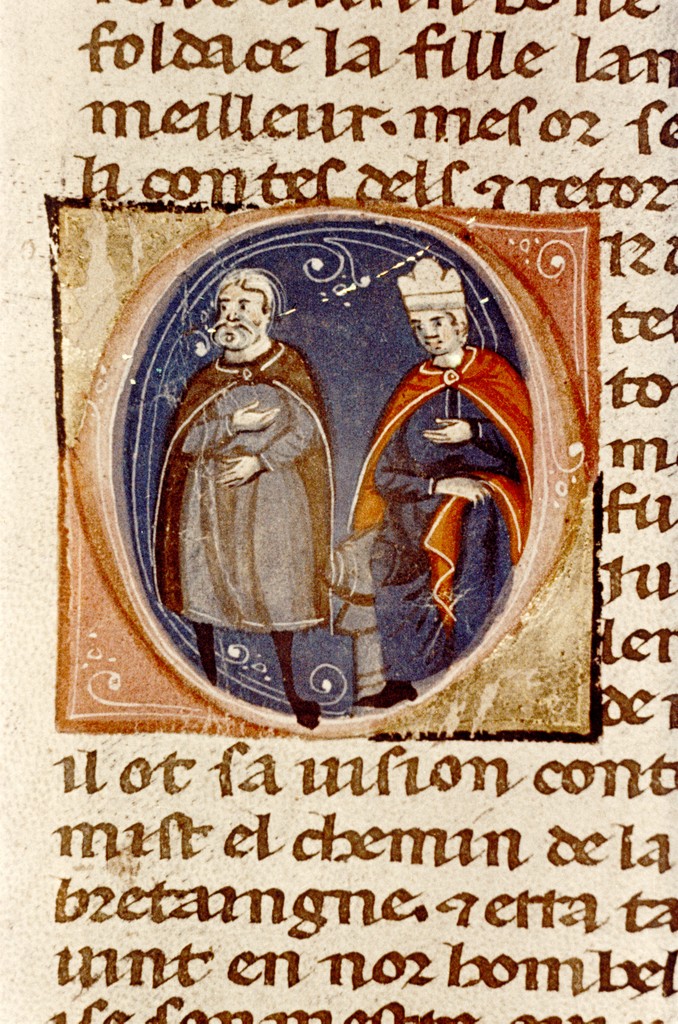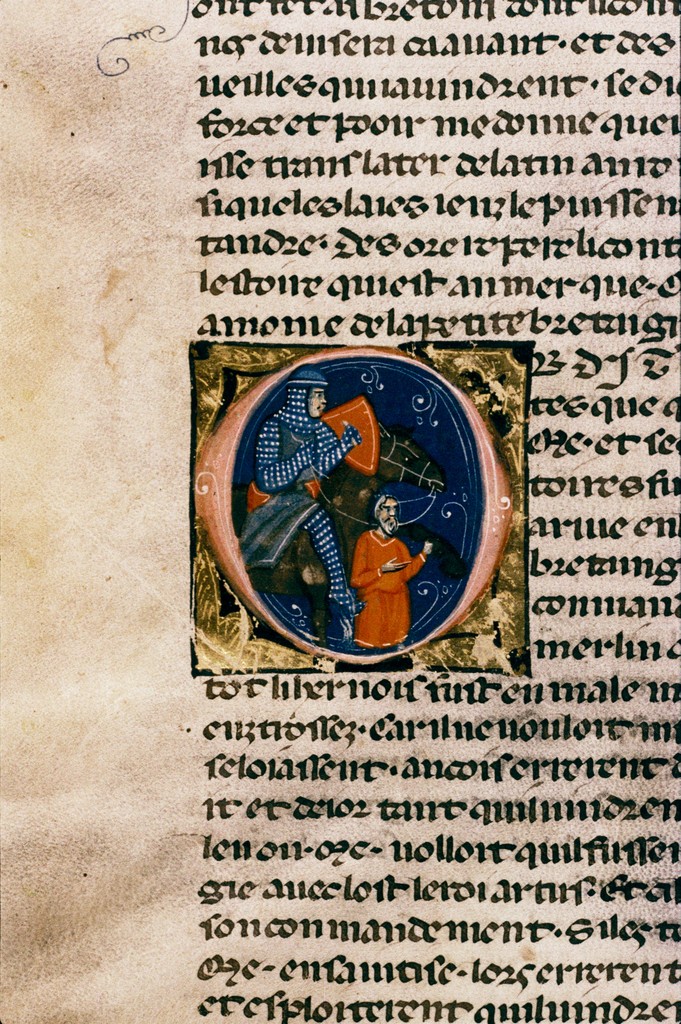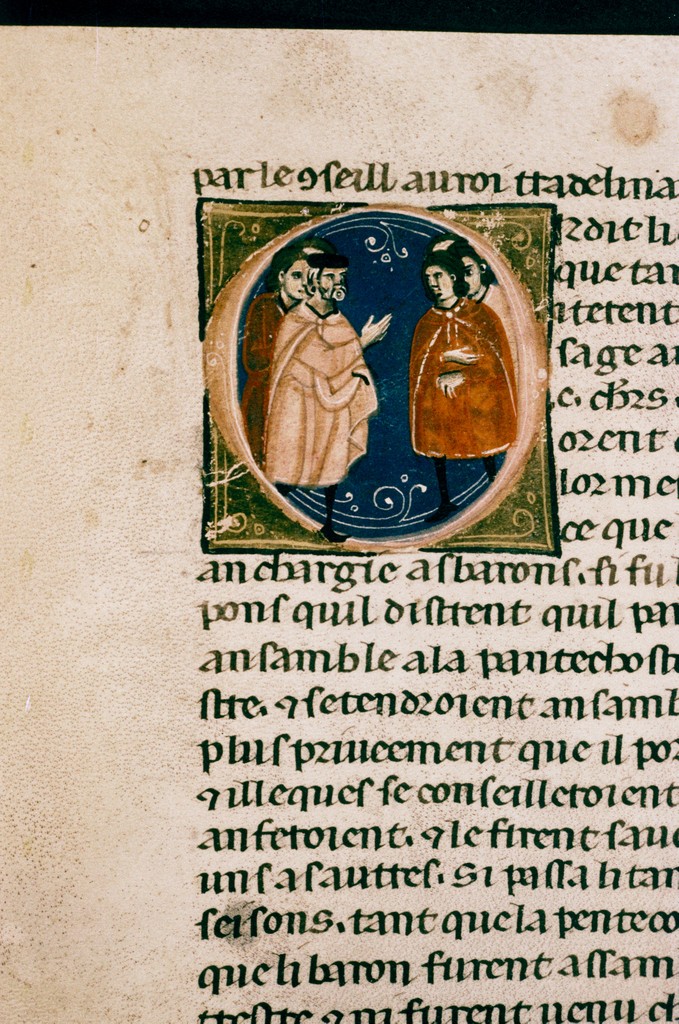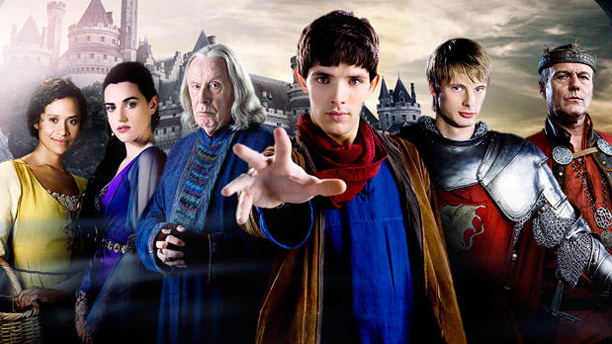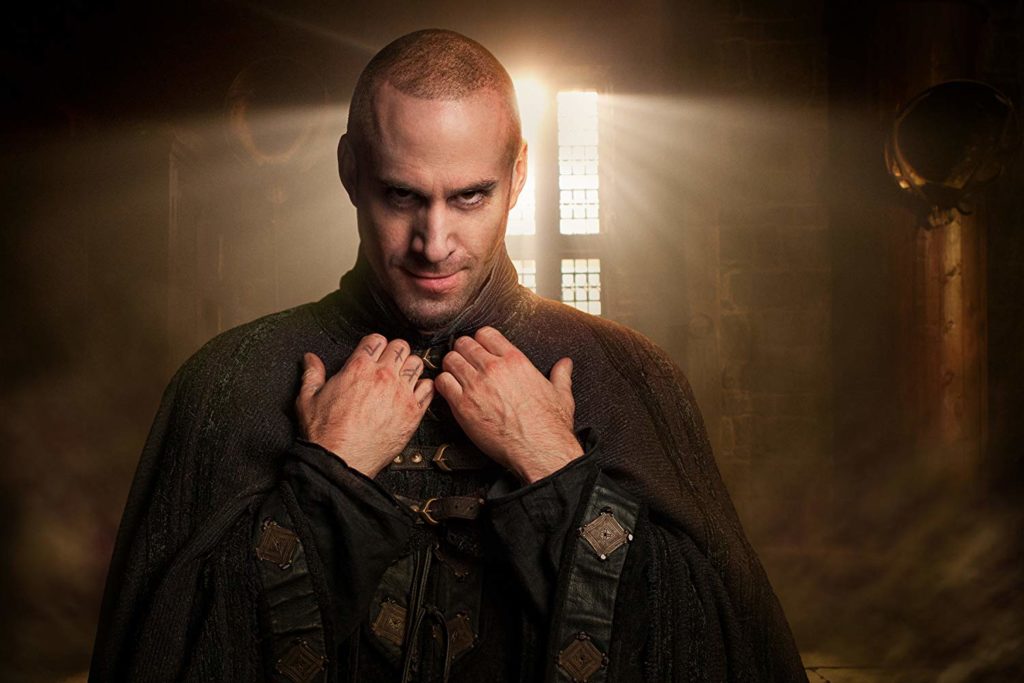By: Mason Robb
The Origin of Merlin the Magician
Merlin the Magician was first introduced during the 12th century by Geoffrey Monmouth in the History of the Kings of Britain.1 Merlin was a mage who possessed great magical powers that included appearing/disappearing at will, mind reading, and the ability to change his physical appearance. In addition, Merlin had unlimited knowledge of past, present and future and could assist the kings of Britain with magical weapons along with prophesy of the future of kingdoms.2 Merlin was brought about by the conception of a demon and a mortal woman. In The Story of Merlin, it is stated that “This one devil had the power to lay with a woman and get her with child. Then he was all ready, and he lay with her carnally as she slept, and she conceived.”3 Though he was a mage who had been conceived by a demon and a Welsh Christian princess, he was human and fell victim to human characteristics such as love and desire. In some literature, this humanity was Merlin’s downfall. What made Merlin so popular was the fact that he embodied the cutting edge of medieval science at the time. His skills in astrology, prophecy and natural philosophy were all in the forefront of science during this the 1200-1500s.4 It also makes sense that Merlin was in the realm of shaping politics. For this reason, from the 12th to 16th centuries, Merlin was widely considered to be a historical figure.5 Due to Merlin’s guidance to ensure King Arthur‘s birth, fulfill his duty as a knight, and that Arthur’s his destiny was fulfilled, Merlin was an embodiment of chivalry.
c. 1300. L’estoire de Merlin (Lancelot Cycle. Branches 1, 2, 3 in French prose)., Folio #: fol. 195v. Manuscript. Place: Bodleian Library, University of Oxford.
c. 1300. L’estoire de Merlin (Lancelot Cycle. Branches 1, 2, 3 in French prose)., Folio #: fol. 248v. Manuscript. Place: Bodleian Library, University of Oxford.
The Modernization of Merlin
The original Merlin the Magician appeared in the History of the Kings of Britain by Geoffrey Monmouth during the 12th century. During the 15th century, Sir Thomas Malory wrote Le Morte d’Arthur (The Death of Arthur) which included new and existing stories about Arthur and Merlin, among others. These works that were from the 12th to 16th centuries were primarily viewed as stories about historical figures. It wasn’t until the 17th century that the stories of Merlin became viewed as purely fiction with Purcell and Dryden’s semi opera King Arthur. From this period on, the stories of Merlin were no longer accepted as historical. As the 19th and 20th century rolled around, Tennyson’s Merlin and Vivien in 1859 and T.H. White’s The Sword and the Stone in 1939, cemented the stories of Merlin into legend. Moving into the 21st century, there have been TV shows and movies based on Merlin, most notably the BBC series Merlin and the Starz series Camelot. The BBC series uses the original “child Merlin” from Monmouth, but is tasked with new adventures, love affairs, and magical combats that embody the more modern versions of Merlin.
Merlin Cast Photo (BBCA)
Merlin in Camelot (Starz)
Footnotes
1. Anne Lawrence-Mathers, The True History of Merlin the Magician. Yale University Press, 2012. 4.↩
2. Anne Lawrence-Mathers, The True History of Merlin the Magician. Yale University Press, 2012. 119↩
3. Rupert T. Pickens, Lancelot-Grail: 2. The Story of Merlin The Old French Arthurian Vulgate and Post-Vulgate in Translation. Boydell & Brewer, 2010. 9 ↩
4. Anne Lawrence-Mathers, The True History of Merlin the Magician. Yale University Press, 2012. 95↩
5. Anne Lawrence-Mathers, The True History of Merlin the Magician. Yale University Press, 2012. 216↩
Bibliography
Lawrence-Mathers, Anne. The True History of Merlin the Magician. Yale University Press, 2012.
Pickens, Rupert T. Lancelot-Grail: 2. The Story of Merlin The Old French Arthurian Vulgate and Post-Vulgate in Translation. Boydell & Brewer, 2010.
